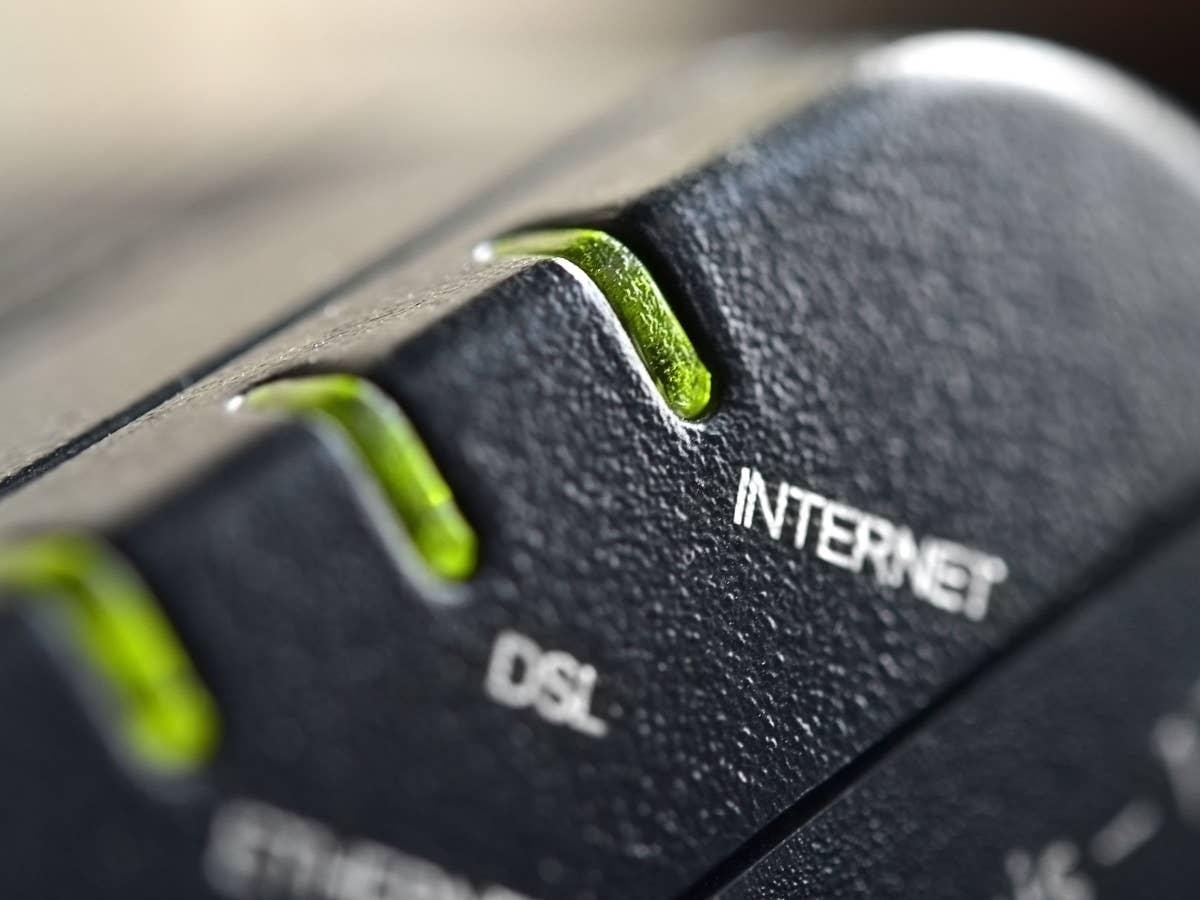For many years, fast Internet in Germany was associated with a DSL connection. Wired internet was often overloaded, fiber optics unavailable. But now a study shows: DSL is losing importance in Germany.

The demand for fiber optic connections in Germany has never been as great as it is in 2022. Fortunately, there has never been such a large supply. This is the result of a recently published study by the management consultancy Dialog Consult and the telecommunications industry association VATM. According to this, the number of fiber optic connections to the home (FTTH) or to the building (FTTB) will have grown to 12.3 million by the end of the year. This corresponds to an increase of 3.8 million within a year. In the same period, the number of active connections is likely to increase by 800,000 to 3.4 million. However, the number of DSL and VDSL connections is declining.
NUMEROUS FIBER OPTIC CONNECTIONS CAN ONLY BE USED AFTER CONSTRUCTION WORK
But there is a catch with the number of 12.3 million fiber optic connections: Although the connections are being marketed, the fiber optic cable is often only in front of the house, but not yet in the house or apartment. So that the connection can actually be switched, construction workers often have to move in again. You then either have to break through the house or lay the line from the basement to the apartment. But that is what is happening more and more. Because the demand for particularly fast connections of 1 Gbit/s and more is also growing. By the end of the year, 2.2 million households will already be using such tariffs. A year earlier it was 1.5 million.
For a long time, cable was the only way you could get at least fast downstream. But in the meantime, almost nothing is happening here in terms of expansion. Just 200,000 new gigabit connections are expected this year. They probably come primarily from Tele Columbus, which has only now really started with the expansion of DOCSIS 3.1 . Gigabit would now be available via cable in 25.8 million households. 9.2 million households use an internet connectionby cable. However, by no means everyone has booked the gigabit. Then all over Germany only 2.2 million households booked this data rate via cable and fiber optics – at least 700,000 more than in the previous year and 5.8 percent of all connections. Most connections (40.3 percent) have a downstream rate of 50 to 250 Mbit/s.
DSL CONNECTIONS ARE DECLINING
However, the golden days of DSL seem to be over. For the first time, the number of booked DSL connections in Germany is declining. By the end of the year, there will be 300,000 fewer DSL connections in Germany. Users have probably migrated to cable and fiber optics – possibly because there are faster lines there. It doesn’t matter whether the DSL customer was previously with Telekom or a competitor with its own DSL infrastructure – both lose. Only providers in the DSL business who offer a Telekom line under their own name were able to make gains this year.
Apart from that, the market for Internet connections in Germany is almost saturated. According to the VATM study, 37.7 million of the 41.7 million households have an Internet connection via DSL, cable or fiber optics. LTE, 5G and satellite internet as well as other niche technologies were not covered by the study. It can therefore be assumed that almost only households that have no connection to the Internet or are extremely remote do not have broadband access. Numerous fiber optic providers are currently setting up their networks in these often rural areas. That should explain the growth of 800,000 new fiber optic connections. It is mainly due to private providers.


